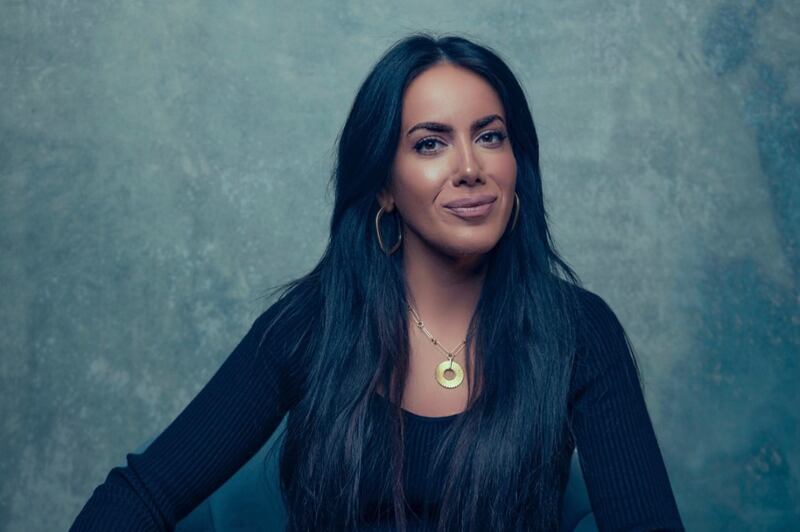
Photo by Stevie Bre Palmer, courtesy of Rachael Domingo | Dress by Elle Heavin | Styled by Moth Styling and Design
The fashion industry is not just about style; it’s a robust economic engine capable of driving significant revenue and growth. In recent years, fashion capitals of the world—like New York City—have showcased the immense potential of fashion events, with New York Fashion Week (NYFW) alone generating a staggering $887 million annually for the city.
With a burgeoning fashion market expected to reach $42 million this year, business leaders in Utah should be eager to tap into this lucrative area.
Bridging the education gap with fashion programs
While Utah’s fashion community has witnessed steady growth in recent years, Rachael Domingo, a seasoned fashion executive, points out that the state has a long way to go before it rivals shopping capitals like New York and Los Angeles in terms of recognition and infrastructure—and the first step is education.
Domingo pursued her education in Los Angeles at the Fashion Institute of Design & Merchandising (FIDM) due to the lack of fashion schools in Utah. While the few local fashion education offerings—such as the Fashion Institute at Salt Lake Community College (SLCC)—strive to match the depth and rigor of programs found in larger hubs, these programs need better support. Enhancing education programs and fostering mentorship opportunities prepares emerging talent for successful careers in the industry. The more fashion education Utah can provide, the more likely students will stay in the state to pursue their careers.
Mojdeh Sakaki is the visionary founder of the Fashion Institute at SLCC, which she created when she recognized Utah’s need for accessible education and a dedicated fashion design school. Unlike traditional programs, the Fashion Institute welcomes all high school graduates and GED holders regardless of their sewing skills, making the program accessible and affordable. Graduates of the institute receive an associate degree in applied science after completing the two-year program.
Embracing entrepreneurship
Advancing Utah’s fashion education opportunities is just the beginning. “There is an entire ecosystem that New York has built around the fashion industry, and Utah’s fashion is much younger and only has a portion of this in place,” Domingo explains.

Photo by Rob Fogarty at Dear World, courtesy of Fernanda Böhme
To harness the financial benefits of the industry, Utah can motivate designers with incentives and support. Encouraging designer participation in fashion events and facilitating access to potential buyers and investors are a few helpful strategies.
According to Domingo, “the limited support for garment manufacturing within the state often forces designers to outsource production to other regions or countries, resulting in missed opportunities for local fashion businesses.”
The revival of buying vintage or secondhand fashion in Utah also poses a challenge to the industry. While Utahns increasingly turn to pre-owned clothing—drawn by its eco-friendliness, affordability and distinctive look—the trend can prevent new designers from making profits.
It is challenging to make money as a designer in Utah, Domingo says, elaborating, “When I was working as a freelance designer, I got a majority of my work creating costumes for the films made in Utah. Other designers I know are [making costumes] for theater and dance productions here.”
Fashioning a bright future
Amid the challenges, Utah’s fashion industry boasts several success stories—Fernanda Böhme being one prime example. Co-owner of 18 böhme boutiques and a graduate of SLCC, her remarkable journey in the fashion world began with just her credit card.
In 2007, Böhme embarked on her fashion venture, driven by the vision of creating a shopping experience that Utah lacked. “There’s lots of business to be done right here,” she says.
Böhme regards SLCC as a “hidden gem” in the realm of education, praising its affordability and the wealth of knowledge imparted by experienced instructors. She claims she got just as good an education there as anywhere else.
“I learned all the same fundamentals, the timeless skills, and it was affordable,” she says. “I’m an entrepreneur with the mindset to look at the opportunities around you and use [them] as a stepping stone.”

